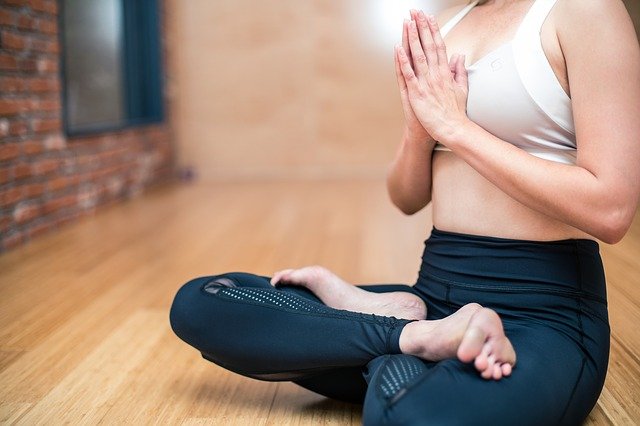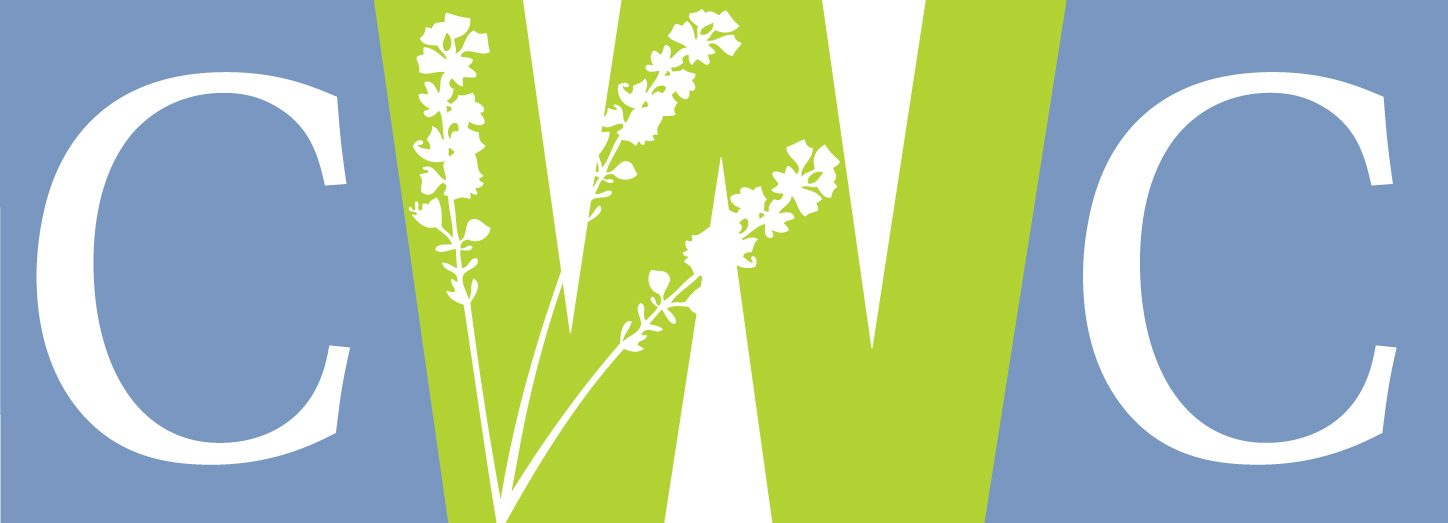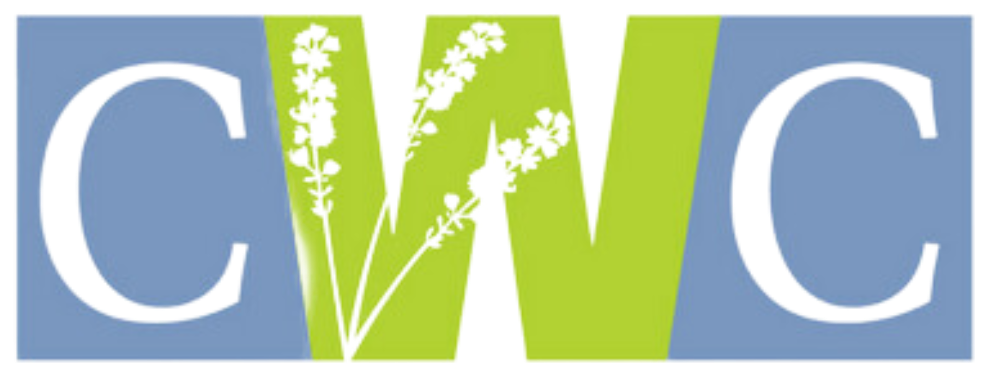
The main role of your lymph system is to keep your fluid levels in balance while protecting you from infections, bacteria, cancers, and other potential threats. This means that if your lymph system is healthy and well-functioning, you won’t experience abnormal water retention or painful swelling. Your lymph system takes care of any fluid build-up or swelling due to injury or health issues.
How Does It Get Congested?
• Chronic illness may lead to lymph congestion throughout your body. When your body is fighting chronic inflammation and microbes, your body is creating more white blood cells to fight them. However, they may end up filling up your lymph nodes, backing up the system, and creating swelling.
• Digestive imbalances may irritate the intestinal villi resulting in a common reason for lymph congestion.
• Not drinking enough water and lacking physical activity can result in your lymph fluid slowing down. Your lymph system relies on pressure from muscle movement and breathing to move fluids around. Lacking this pressure due to a sedentary lifestyle or chronic dehydration may slow and congest your lymph system.
• Nutrient deficiencies may lead to lymph congestion as well. Iodine, magnesium and vitamin C are important to mitigate the harmful effects of environmental toxins and to support your lymph system in protecting your body.
Symptoms of Lymphatic Congestion
Lymph congestion can affect your entire body. Symptoms of lymph congestion may include:
• Fatigue
• Stiffness
• Muscle and joint pain
• Bloating
• Holding onto water
• Breast swelling during your cycle.
• Itchy and dry skin
• Brain fog
• Headaches
• Weight gain
• Swollen glands
• Cold hands and feet
• Chronic sinusitis, colds, sore throats, or ear issues
• Skin problems
• Cellulite
Ways to Clear Lymphatic Congestion
Deep Breathing
Your rib cage is a major lymphatic pump that is necessary for healthy lymphatic flow. This means that while exercise is essential for your lymphatic health, deep breathing is just as important. Deep breathing facilitates proper lymph movement and detoxification.
To practice deep diaphragmatic breathing, breathe deeply through your nose, hold it in for four counts, then exhale for two counts through your mouth. Gradually increase how long you hold and release your breath until you can hold for 20 counts and exhale for 10 counts. Repeat this, two to three times per session. Practice three times a day for the best results.
Besides breathing exercises, you can try other stress reduction strategies to clear lymph congestion as well. Physical and emotional stress can both increase the risk of lymph congestion and health issues, so having effective strategies to cope with daily stress and to reduce overall stress is essential.
Mindfulness practices, meditation, guided imagery exercises, visualization techniques, grounding exercise, journaling, tai chi, yoga, spending time with loved ones, and playing with pets can help you to remain calm in the present moment, slow down, reduce stress, increase joy, and improve lymphatic flow.
Optimal Hydration
Lymph is about 95 percent water. Without enough water, the lymphatic fluid cannot flow properly, which can lead to lymph congestion and dehydration.
Water is absolutely essential to hydrate and rehydrate your body. Adding lemon or lime to your water can speed up hydration and achieving a healthy lymph flow. Lemon water is fantastic for hydration and detoxification. Lemon and lime also encourage an alkaline environment and helps to mineralize your lymph and body.
You may also want to try a specific Ayurvedic strategy to encourage lymphatic rehydration and lymphatic cleansing. Drink cold or room temperature water as you normally would to meet the daily requirement of 8 to 10 glasses. On top of that, sip warm water every 10 to 15 minutes throughout the day to encourage lymph flow. Keep up this protocol for two weeks for the best results.
Regular Exercise and Movement
Regular exercise has many health benefits, including clearing lymph congestions. In fact, it is one of the easiest and most effective ways to boost your healthy lymph flow.
The best part is that you don’t have to focus on any specific form of exercise. Lifting weights at the gym, running, swimming, playing with your dog, hanging out outdoors with your kids, dancing, doing a home workout video, or going for a family hike can all benefit your lymphatic system and improve your immune function.
Regular exercise can increase the oxygen supply to your tissues, stimulate blood circulation, help the transportation of oxygen to your tissues and cells and reduce toxic buildup.
Rebounding for Lymphatic Health
A specific form of movement that is fantastic for purifying your lymph system is rebounding. Rebounding is an increasingly popular low impact exercise that involves jumping on a trampoline. Rebounding promotes the flow of lymph through your body. It can increase the drainage of fluids and the removal of toxins. Bouncing on a large exercise ball will do the same.
You can find mini trampolines online to use inside your house.
Dry Brushing and Healing Baths
Dry skin brushing or dry brushing is an Ayurvedic technique that can boost circulation, lymphatic flow, and detoxification. This technique helps to remove dead skin cells and toxic waste, stimulate your sweat gland by opening your pores, improve immunity, prevent cellulite, initiate the development of new healthy skin cells, and promote lymphatic cleansing.
To practice dry brushing, find a brush with soft, natural bristles. Avoid synthetic or hard bristles. Begin with light, gentle brushing strokes always moving toward your heart to improve lymphatic flow back through the venous system toward your heart.
On your stomach, practice a clockwise motion to improve your natural digestive flow as well. The best time to practice dry brushing is before your shower or before a healing bath which will help to wash away dead skin cells and further improve lymphatic flow.
Healing baths are soothing baths that can boost your immunity, reduce stress, lower pain levels, and help relaxation. You can make healing baths by adding essential oils, Epsom salt, sea salt, ginger, and other natural substances to your bath, all with different benefits. Essential oils, such as lavender or frankincense are fantastic for relaxation, an immune boost, stress relief, anxiety, and sleep. Epsom salt baths are fantastic for detoxification, circulation, and lymph flow. Sea salt baths are amazing for inflammation, detoxification, skin hydration, and skin issues.
Once you’ve picked your bath, soak for 20 to 30 minutes with a good book, or some relaxing music.
Massage Therapy
Having a massage is not only relaxing and pleasurable, but it has also been shown to improve your immune function and relieve symptoms of chronic pain and fatigue. Massage can increase the flow of the lymph fluid and blood flow to your muscles while reducing fluid buildup, preventing swelling, helping tissue repair, enhancing performance, and aiding in quick recovery.
Lymphatic drainage massage is a specific form of specialized massage therapy designed to help your cells release toxic buildup, reduce lymph congestion, and help flush excess fluid within your tissues. It can lower your pain intensity as well.
Other forms of massage therapy, such as deep tissues massage, shiatsu massage, or Swedish massage, can help to activate your lymph system, flush excess fluid, reduce pain in swollen lymph nodes, and reduce muscle and joint pains. You may also benefit from foam rolling for self-myofascial release and other self-massage strategies, especially before or after exercise. You may couple massage with essential oils or an Epsom salt bath for further lymph stimulation.
If you have any questions or comments about this topic or would like a nutrition assessment, please contact us.
Be your best health!
Jill,
Certified Nutritional Counselor, Lifestyle Educator and Eating Psychology Coach





